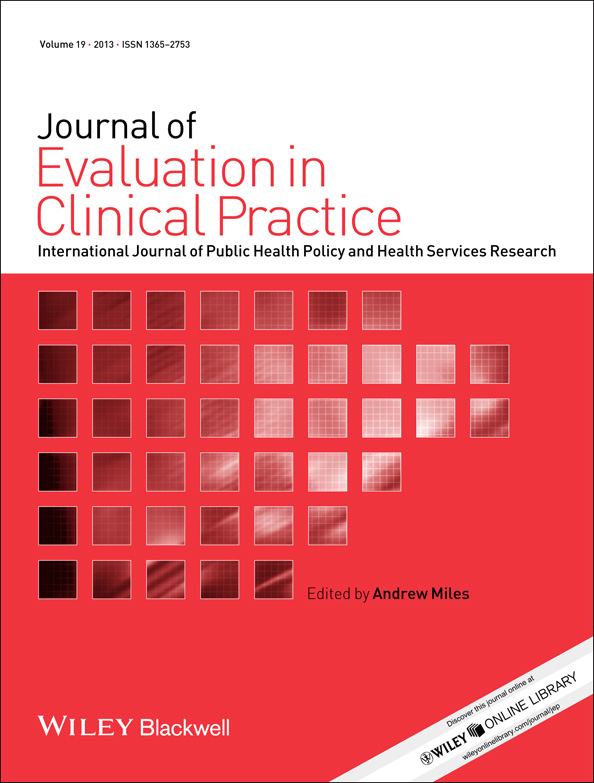Testing the Consolidated Framework for Implementation Research on health care innovations from South Yorkshire
Abstract
Rationale, aims and objectives
There is an international imperative to implement research into clinical practice to improve health care. Understanding the dynamics of change requires knowledge from theoretical and empirical studies. This paper presents a novel approach to testing a new meta theoretical framework: the Consolidated Framework for Implementation Research.
Method
The utility of the Framework was evaluated using a post hoc, deductive analysis of 11 narrative accounts of innovation in health care services and practice from England, collected in 2010. A matrix, comprising the five domains and 39 constructs of the Framework was developed to examine the coherence of the terminology, to compare results across contexts and to identify new theoretical developments.
Results
The Framework captured the complexity of implementation across 11 diverse examples, offering theoretically informed, comprehensive coverage. The Framework drew attention to relevant points in individual cases together with patterns across cases; for example, all were internally developed innovations that brought direct or indirect patient advantage. In 10 cases, the change was led by clinicians. Most initiatives had been maintained for several years and there was evidence of spread in six examples. Areas for further development within the Framework include sustainability and patient/public engagement in implementation.
Conclusion
Our analysis suggests that this conceptual framework has the potential to offer useful insights, whether as part of a situational analysis or by developing context-specific propositions for hypothesis testing. Such studies are vital now that innovation is being promoted as core business for health care.




